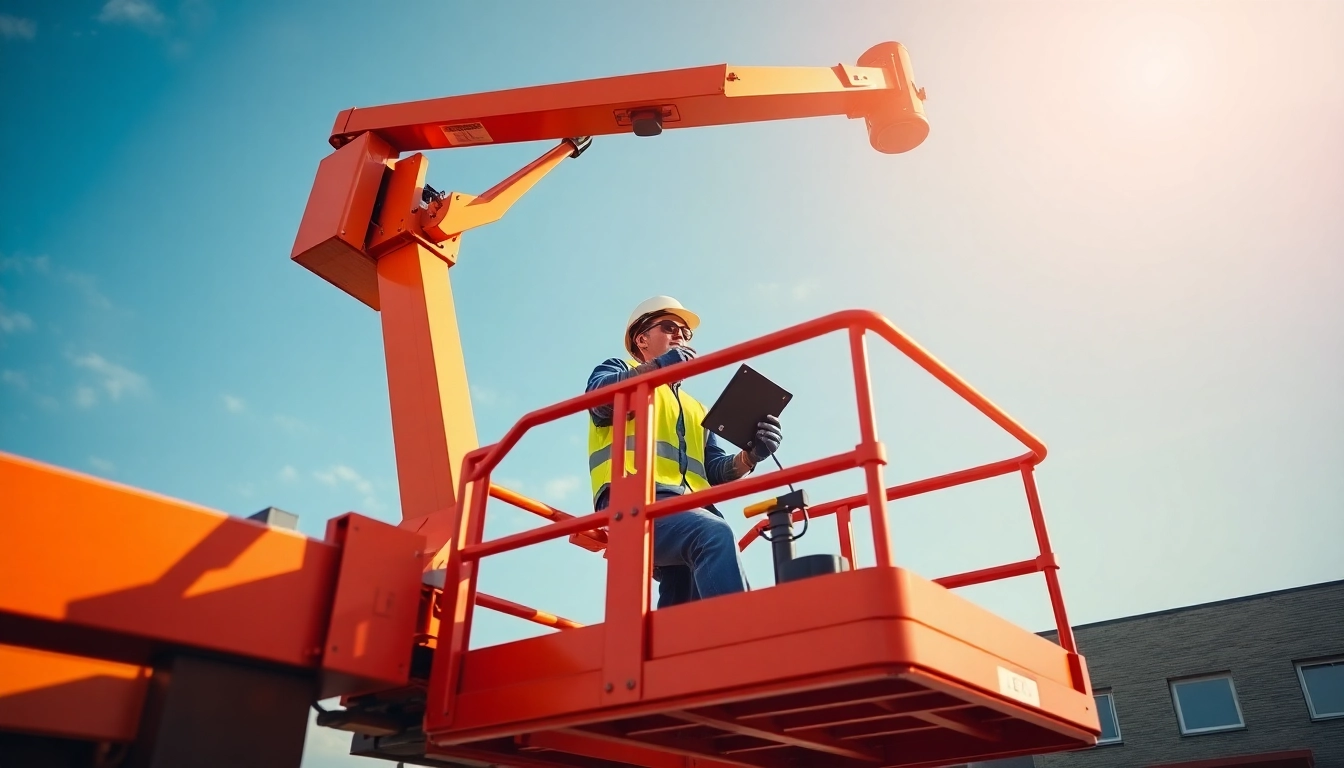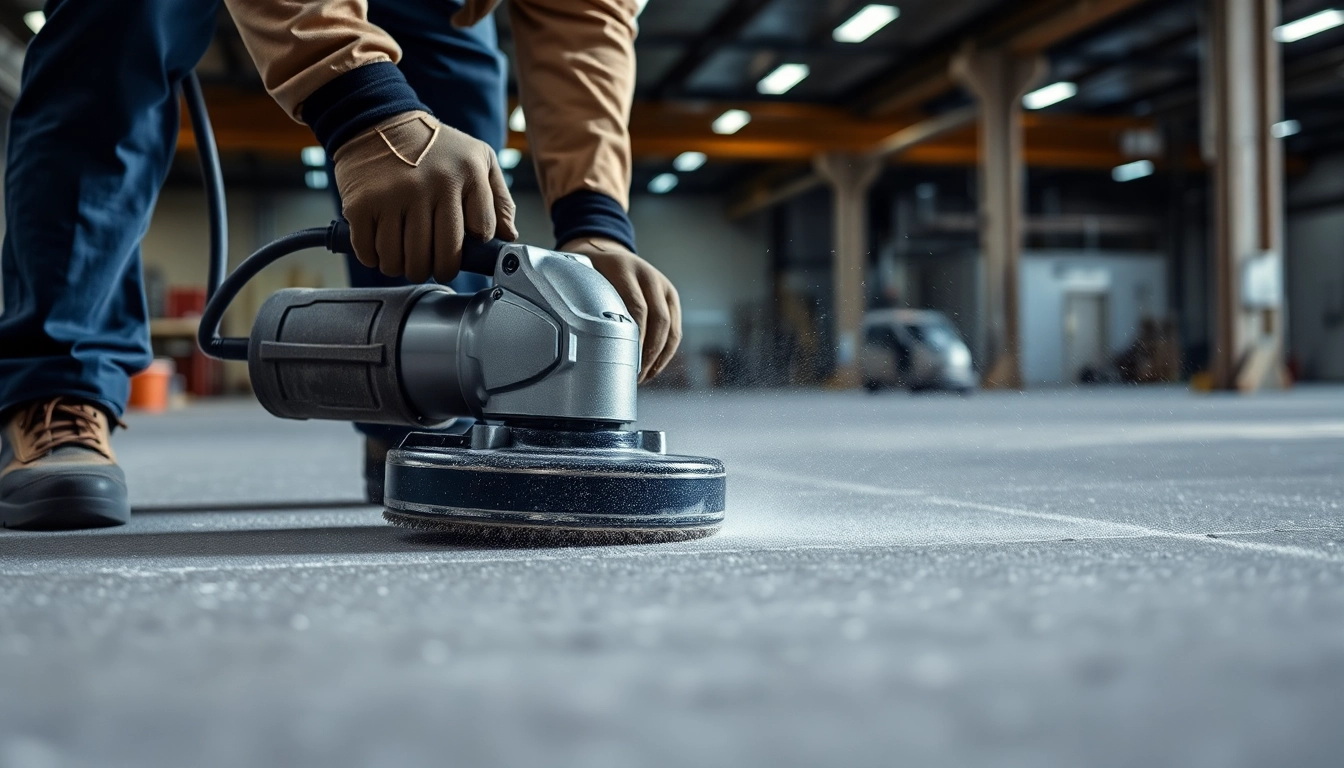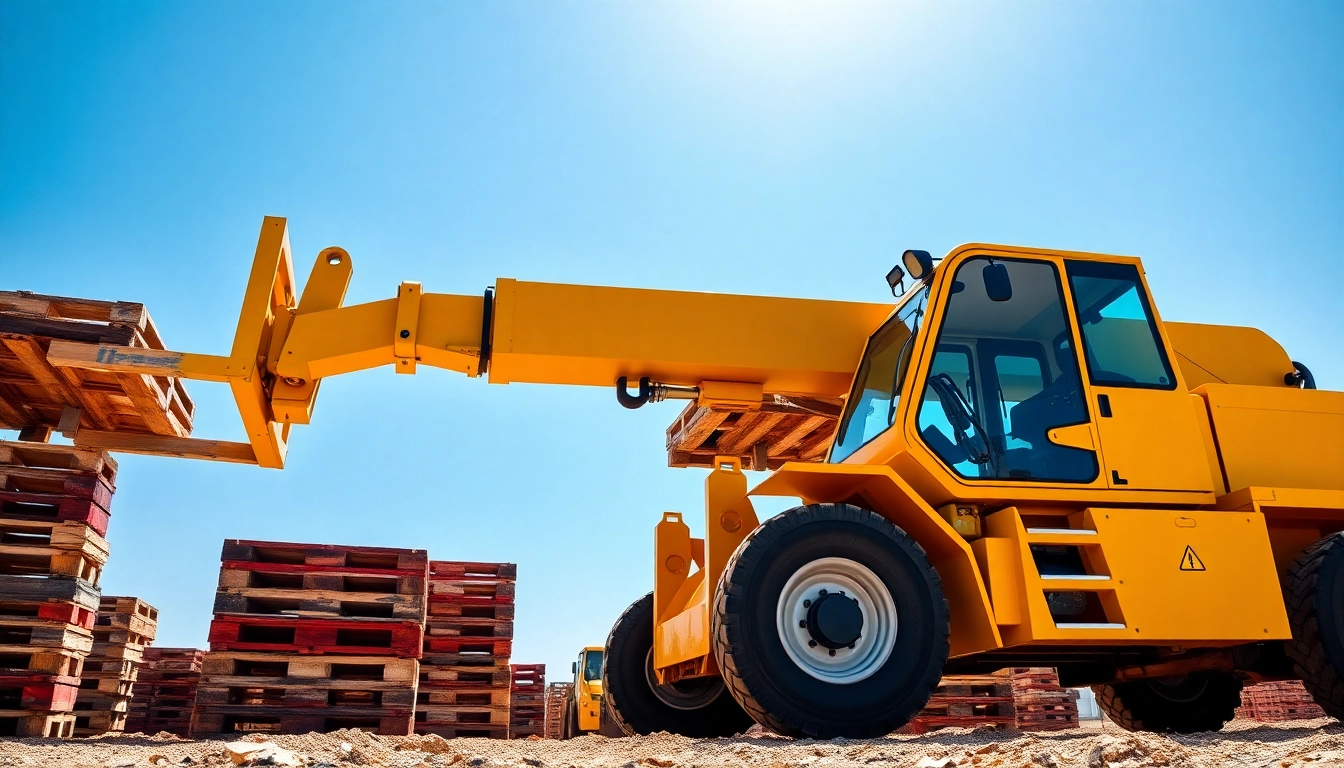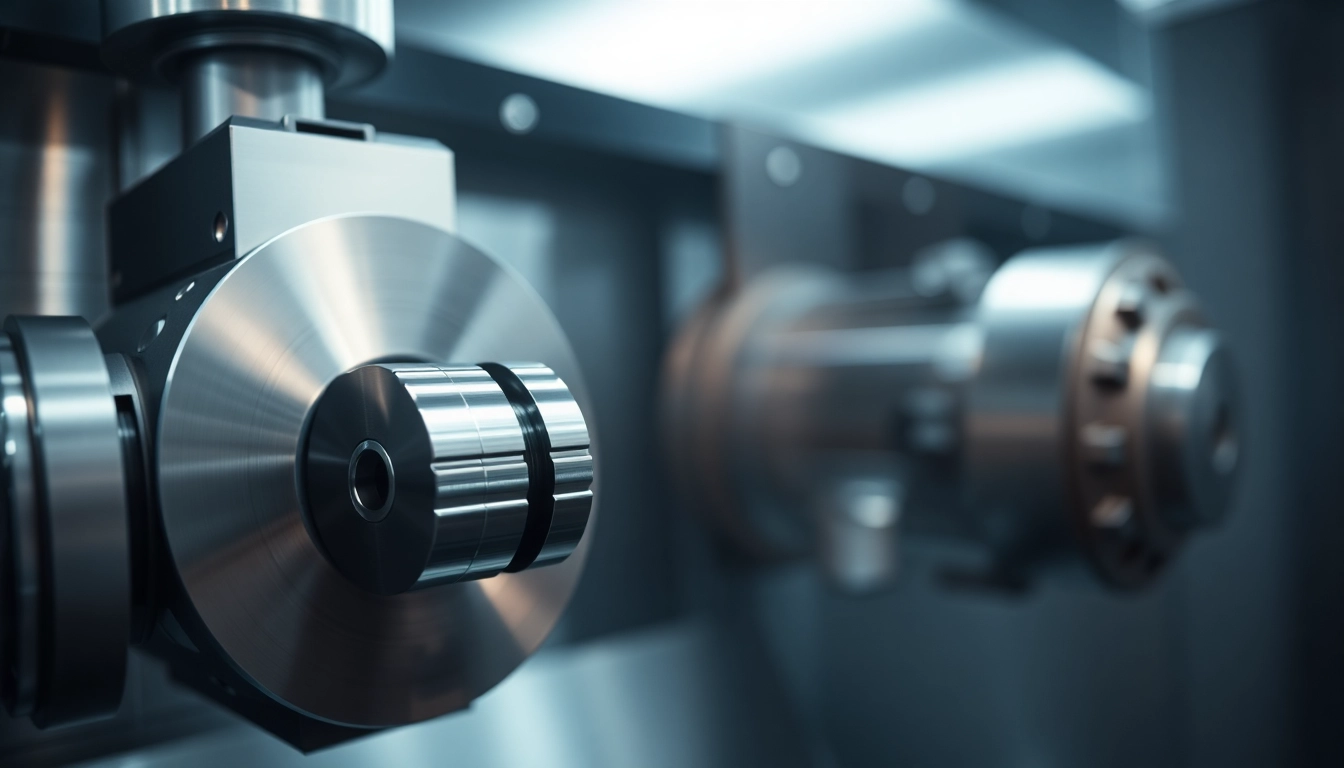Understanding the Benefits of Boom Lift Rental for Your Projects
In the realm of construction, maintenance, and industrial projects, access to high elevations is often a critical component for success. Among the most versatile and efficient solutions available today is the boom lift—a hydraulically operated articulating or telescopic platform designed to elevate personnel and equipment safely and reliably. While purchasing boom lifts might seem like a logical step for large-scale or ongoing operations, boom lift rental has emerged as the preferred choice for numerous businesses seeking flexibility, cost-effectiveness, and access to cutting-edge technology without the long-term commitments of ownership.
Why Choose Rental Over Purchase
Deciding between buying and renting a boom lift hinges on several factors, including project duration, budget constraints, and operational needs. Rental offers significant advantages, particularly for short-term or one-off projects where investment in a machine that might sit idle otherwise isn’t practical. Renting allows businesses to optimize operational efficiency by accessing a variety of boom lifts tailored for specific tasks, heights, and terrains. Additionally, rental companies ensure that all equipment is maintained to the highest safety standards, reducing downtime and operational risks.
Another compelling reason to opt for rental is technological advancement. The boom lift industry continually innovates, integrating new features such as enhanced stability systems, electric power options for environmentally-conscious projects, and improved safety mechanisms. Rental providers maintain a fleet of modern, well-maintained machines—ensuring clients benefit from the latest advancements without the necessity of capital expenditure.
Moreover, flexible rental agreements enable companies to adjust their fleet size and types based on project scope, seasonal demands, or unforeseen needs. This adaptability enhances resource management and project planning, ultimately leading to cost savings and improved project timelines.
Key Advantages of Modern Boom Lifts
Modern boom lifts are characterized by several features that make them indispensable for diverse industrial scenarios:
- Extended Reach and Height: Contemporary boom lifts can achieve working heights exceeding 60 meters, providing access to practically any construction or maintenance site.
- Versatility in Applications: From indoor plant maintenance to outdoor building repairs, boom lifts are suitable for a broad spectrum of tasks.
- Electric and Hybrid Options: Innovations like electric-powered boom lifts reduce emissions and noise, making them ideal for indoor and environmentally sensitive environments.
- Enhanced Safety Features: Modern safety mechanisms such as load sensors, emergency descent systems, and stabilizer controls minimize risk during operation.
- Mobility and Accessibility: Compact designs and streamlined controls allow for easier maneuverability in confined spaces.
Leveraging these advanced features through rental ensures your project benefits from the latest in safety and efficiency, promoting better outcomes and reducing operational hazards.
Cost-Effectiveness and Flexibility
One of the most persuasive arguments for boom lift rental is its cost-effectiveness. Owning a boom lift involves significant capital expenditures, ongoing maintenance costs, storage logistics, and depreciation. Conversely, rental costs are predictable, immediate, and typically include maintenance, insurance, and support services.
Rental agreements also offer predictable budgets, eliminating surprise expenses related to repairs or upgrades. For example, companies can allocate financial resources toward core project activities rather than equipment management. Additionally, rental firms often embed training and safety support into their packages, further reducing ancillary costs and resource allocation.
Flexibility in rental duration—from daily hires to long-term agreements—allows your business to scale equipment needs up or down based on project phases, seasonal fluctuations, or unexpected scope changes. This adaptability enables optimal utilization of resources, ensures compliance with safety standards, and maintains project agility.
Statistics show that rental can reduce total project costs by up to 30% compared to ownership, especially when factoring in maintenance, storage, and depreciation expenses. These financial benefits, coupled with access to newer models, make rental an attractive option for most businesses.
How to Select the Right Boom Lift for Your Needs
Assessing Height and Reach Requirements
Every project demands precise evaluation of the required working height and outreach. Incorrect assessments can lead to either underutilization or equipment overreach, affecting safety and efficiency. Begin by thoroughly analyzing the highest point that personnel or materials must reach, factoring in potential obstructions or future upgrades.
For example, if you are working on a building facade requiring access up to 20 meters, selecting a boom lift with a working height of at least 25 meters provides a safety margin. Remember, the platform’s horizontal outreach capacity complements the height, enabling safe and effective positioning at various angles.
Tools such as site surveys, 3D modeling, and consultation with equipment specialists can provide accurate data, ensuring you select a boom lift that perfectly matches your height and reach needs.
Types of Boom Lifts Available and Their Applications
Understanding the different types of boom lifts is crucial for choosing the right machine. The primary categories include:
- Articulating Boom Lifts: Characterized by jointed arms, these lifts excel in working around obstacles, making them ideal for complex indoor or outdoor environments with limited space.
- Telescopic Boom Lifts: Known for their straight, extendable arms, telescopic lifts provide great height and horizontal reach, suitable for open-space outdoor projects.
- Trailer-Mounted and Vehicle-Chassis Boom Lifts: These mobile units can be quickly transported to different sites, offering flexibility for dispersed operations.
- Skylift and Spider Lifts: Designed for delicate or confined environments, these compact lifts can access challenging locations without supporting structures.
Matching the type of boom lift with your specific application ensures operational efficiency, safety, and cost savings. For example, complex indoor maintenance may benefit from an articulated boom lift, whereas outdoor construction at large scales may require a robust telescopic model.
Factors to Consider: Terrain, Capacity, and Power Source
In addition to height and type, selecting the right boom lift involves evaluating several operational factors:
- Terrain Compatibility: Rough terrain lifts with heavier tires and enhanced stabilizers are designed for uneven outdoor sites. Indoor or smooth-surface projects typically use electric models.
- Load Capacity: Assess the weight of personnel, tools, and materials. Oversized lifts with higher capacity ensure safety and operational efficiency.
- Power Source: Electric lifts are quieter and emission-free—ideal for indoor use—while diesel or hybrid models provide greater mobility and power outdoors.
- Accessibility and Transportation: Compact or trailer-mounted lifts facilitate rapid deployment across multiple sites.
Careful analysis of these factors guarantees optimal performance, safety compliance, and project productivity.
Best Practices for Safe and Efficient Boom Lift Operation
Operator Training and Certification
The cornerstone of safe boom lift operation is comprehensive operator training. Certified operators understand control mechanisms, safety protocols, load limits, and emergency procedures. Industry standards, such as those enforced by the Health and Safety Executive (HSE) in the UK, mandate rigorous training programs.
Regular refresher courses and assessments help maintain high safety standards, minimize human error, and ensure operators stay updated with evolving technology and regulations.
Pre-Use Inspection and Maintenance
Routine pre-operational checks are vital for identifying potential issues before use. Inspect components such as safety harnesses, control systems, hydraulic lines, tires, and stabilizers. Documentation of inspections must be maintained to comply with safety regulations.
Scheduled maintenance, including inspections, lubrication, and component replacement, extends equipment lifespan and reduces breakdown risk. Partnering with a reputable rental provider ensures machinery is serviced and compliant, saving your business from costly downtime or safety violations.
Safety Protocols and Common Pitfalls to Avoid
Establishing a safety-first culture involves implementing clear protocols:
- Never operate a lift in adverse weather unless specified by manufacturer guidelines.
- Ensure proper use of fall protection equipment and harnesses.
- Never exceed load limits or outreach specifications.
- Maintain a safe distance from power lines and moving traffic.
- Never use the lift as a work platform for unsupported tasks or perimeter access.
Common pitfalls include neglecting to check equipment before use, poor operator training, and underestimating environmental hazards. Addressing these risks through robust policies and ongoing training dramatically reduces accidents and project delays.
Step-by-Step Guide to Renting a Boom Lift
Planning Your Rental Timeline and Budget
Initiate the rental process by precisely defining project timelines and operational requirements. Accurate planning prevents over-reliance on rental duration, optimizing costs. Budget considerations should include hire fees, delivery, setup, operator training (if required), and contingency funds for unexpected issues.
Advanced planning also facilitates early inquiries, ensuring machine availability and securing favorable rental terms.
Requesting Quotes and Comparing Providers
Gather quotes from multiple reputable rental companies, emphasizing clarity in inclusions such as maintenance, insurance, and support services. Compare factors like machine specifications, rental rates, delivery times, and provider reputation—using customer reviews and industry references to gauge reliability.
Proactively discuss additional services such as operator training, on-site support, and after-hours availability to avoid hidden costs.
Delivery, Setup, and Support Services
Coordinate with the rental provider to ensure timely delivery of equipment, proper setup, and comprehensive safety checks. Confirm that operators are trained (if applicable), and clarify support channels for troubleshooting or emergency situations.
Many rental companies offer on-site supervision and maintenance support—integral components for a smooth operation and minimizing downtime.
Maximizing ROI: Tips for Effective Boom Lift Usage
Scheduling and Project Coordination
Proper scheduling of boom lift usage maximizes efficiency. For instance, aligning lift operation with other trades reduces downtime and streamlines workflow. Detailed planning ensures personnel are briefed on safety protocols and operational procedures, enhancing productivity.
Investing in project management tools or software can help track machine utilization, maintenance schedules, and safety compliance.
Maintaining Equipment for Longevity
Even when rented, proper care extends the lifespan of boom lifts. Post-use inspections, cleaning, and adherence to maintenance protocols prevent premature wear and costly repairs. This practice also contributes to safety, ensuring the machinery remains in optimal condition for future use.
Monitoring Performance and Adjusting Strategies
Regularly review operational data to identify bottlenecks, safety incidents, or inefficiencies. Use insights to refine work processes, improve operator training, or adjust equipment choices for future projects. Data-driven management enhances ROI by reducing costs and increasing productivity.









